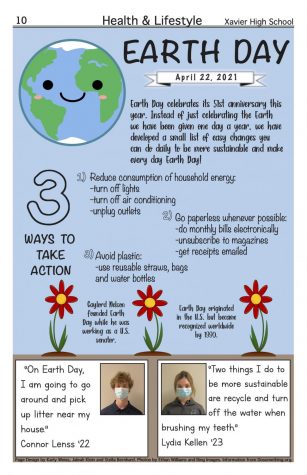Hurricane Matthew
October 20, 2016
Hurricane Matthew has wreaked havoc all the way from the Caribbean to the eastern coast of the United States since late September. It all began as a tropical wave that originated off the African Coast and created a disastrous snowball effect for many.
As Matthew approached the Caribbean, it developed into a hurricane and reached its highest intensity on October 1, causing serious winds and flash-flooding. The storm produced 160 mph winds on the eastern coasts of the Caribbean, causing it to be classified as a Category 5.
The destruction continued as it decreased to a Category 4 storm and hammered the coast of Haiti and Cuba. Haiti, still recovering from the 2010 earthquake, was once against left in pieces. The death toll continues to rise past the 300 mark and the displacement of citizens has caused one of the “largest humanitarian events” in recent history, according to the U.N. secretary-general’s deputy special representative of Haiti.
On October 6, Matthew battered the western tip of the Grand Bahama Island with extremely high gusts of wind.
Hurricane Matthew made its only landfall in the United States on October 8 in McClellanville, South Carolina, as the storm swept the coasts of Florida, Georgia, South Carolina, and North Carolina. Although Matthew weakened to a Category 3 Hurricane by the time it reached the United States, officials stressed the importance to follow safety guidelines, as it still was an extremely dangerous situation.
“If you are in an area that emergency managers told you to evacuate and they’re telling you to go, you absolutely have to go now,” National Hurricane Center Director Rick Knabb said. “Your life could depend on it.”
Winds peaked at 107 mph in Cape Canaveral, Florida and rainfall totaled around 17.5 inches in Savannah, Georgia. 3,ooo people were forced into shelters in North Carolina and the death toll rose to approximately 27 in the United States.
CNN reported, “Forecasters say Matthew will die out in the Atlantic…meaning it won’t have a chance to loop back and hit land again as previously predicted.”













